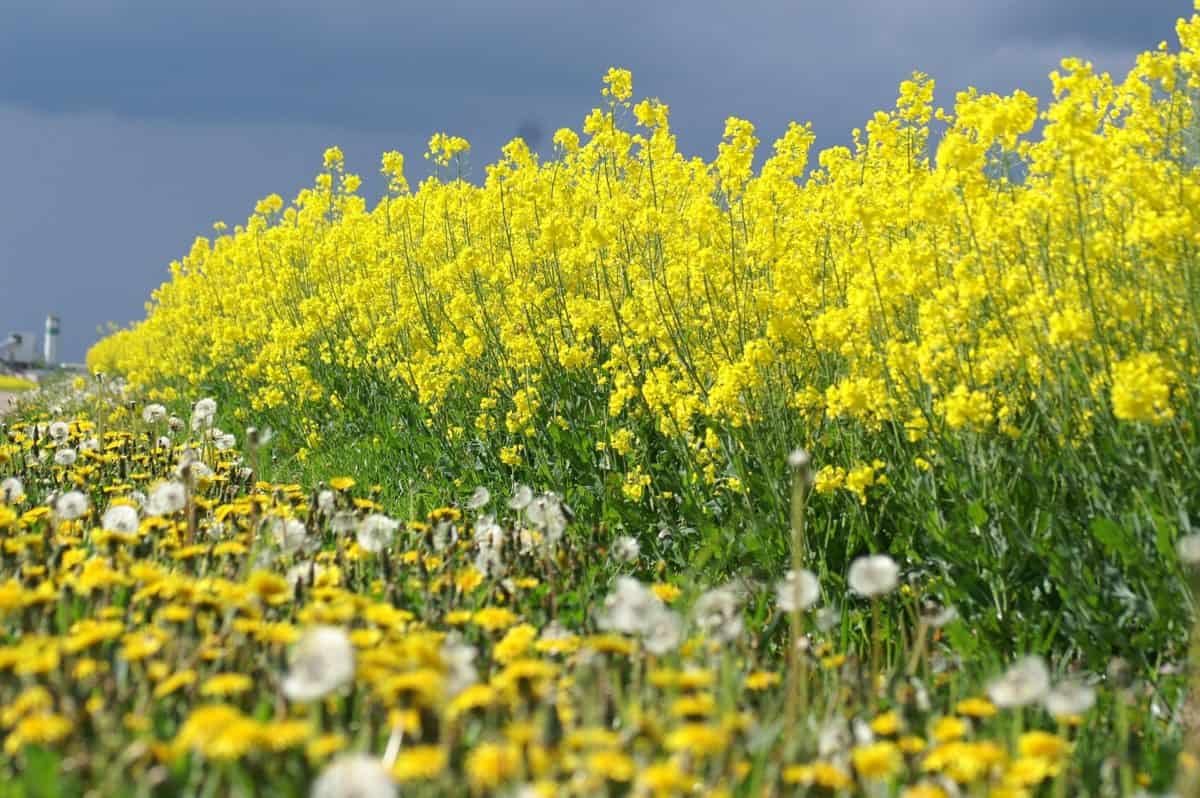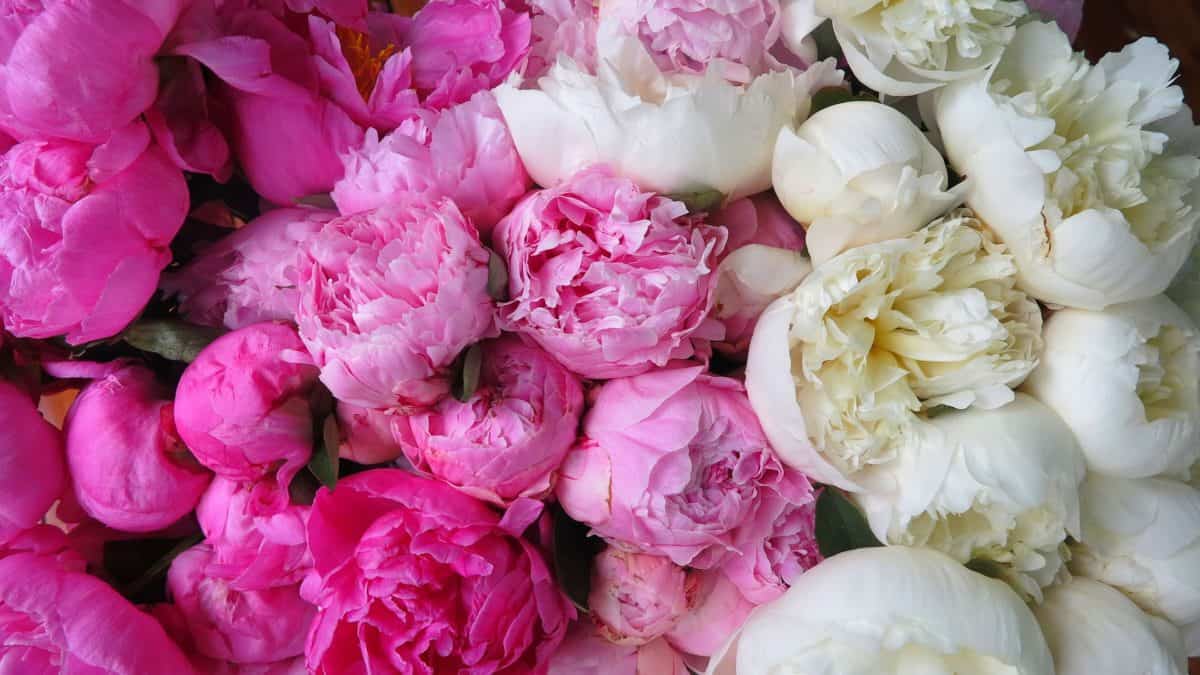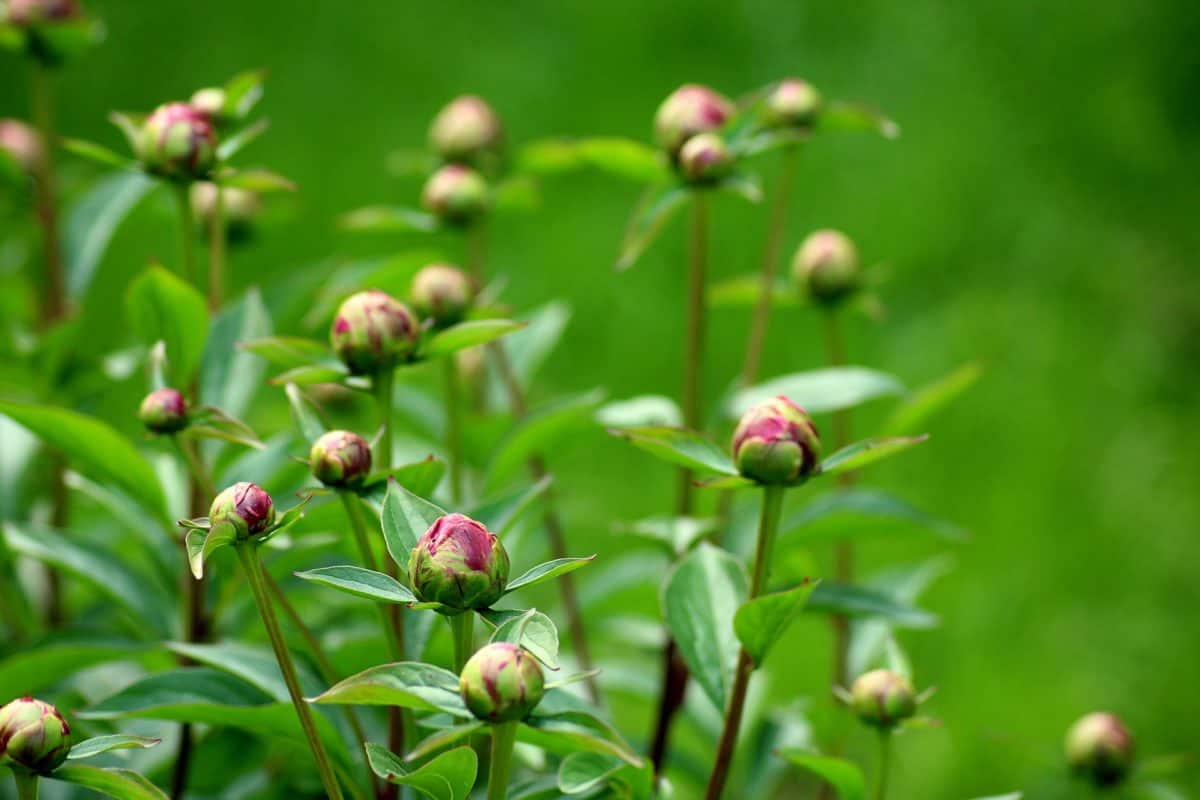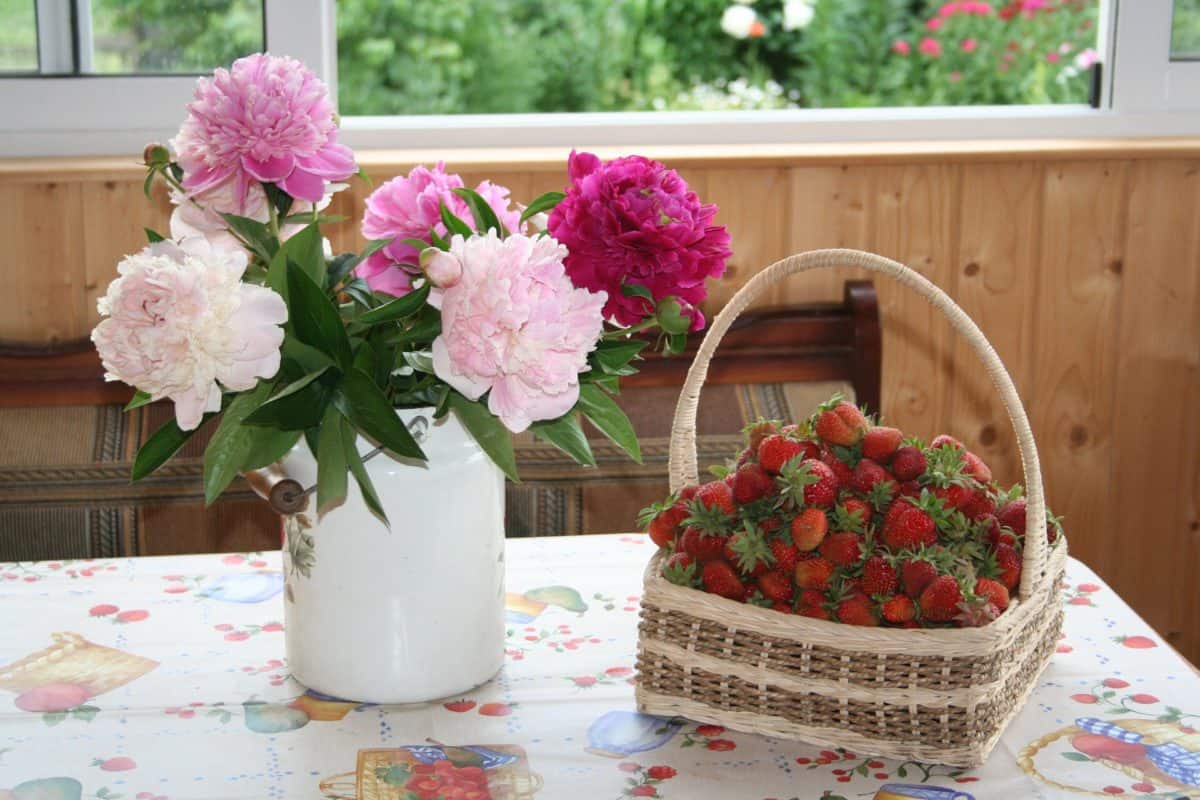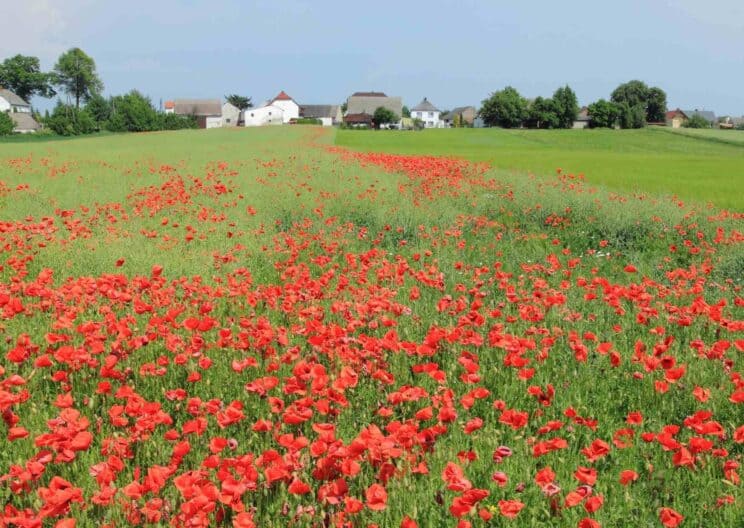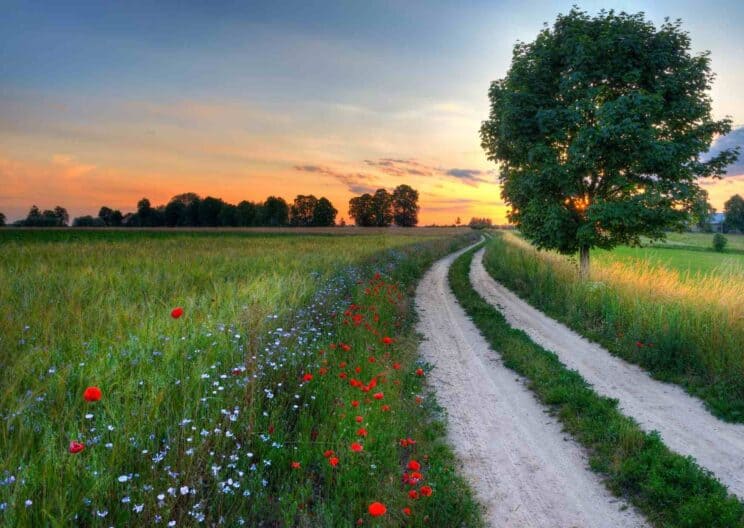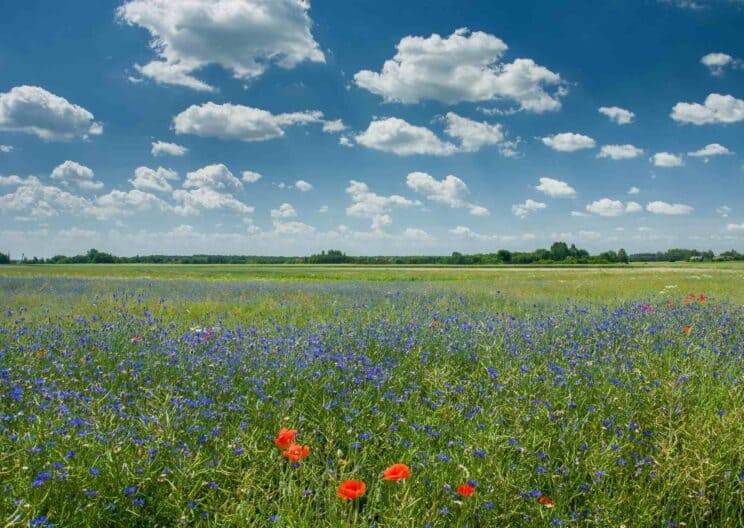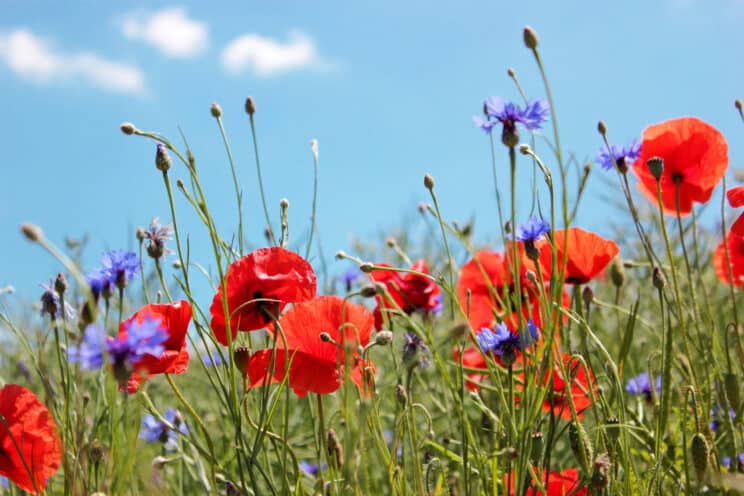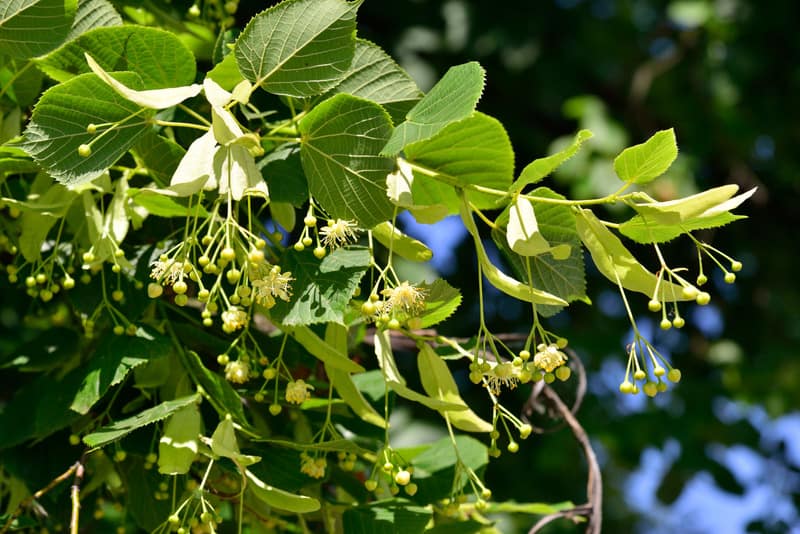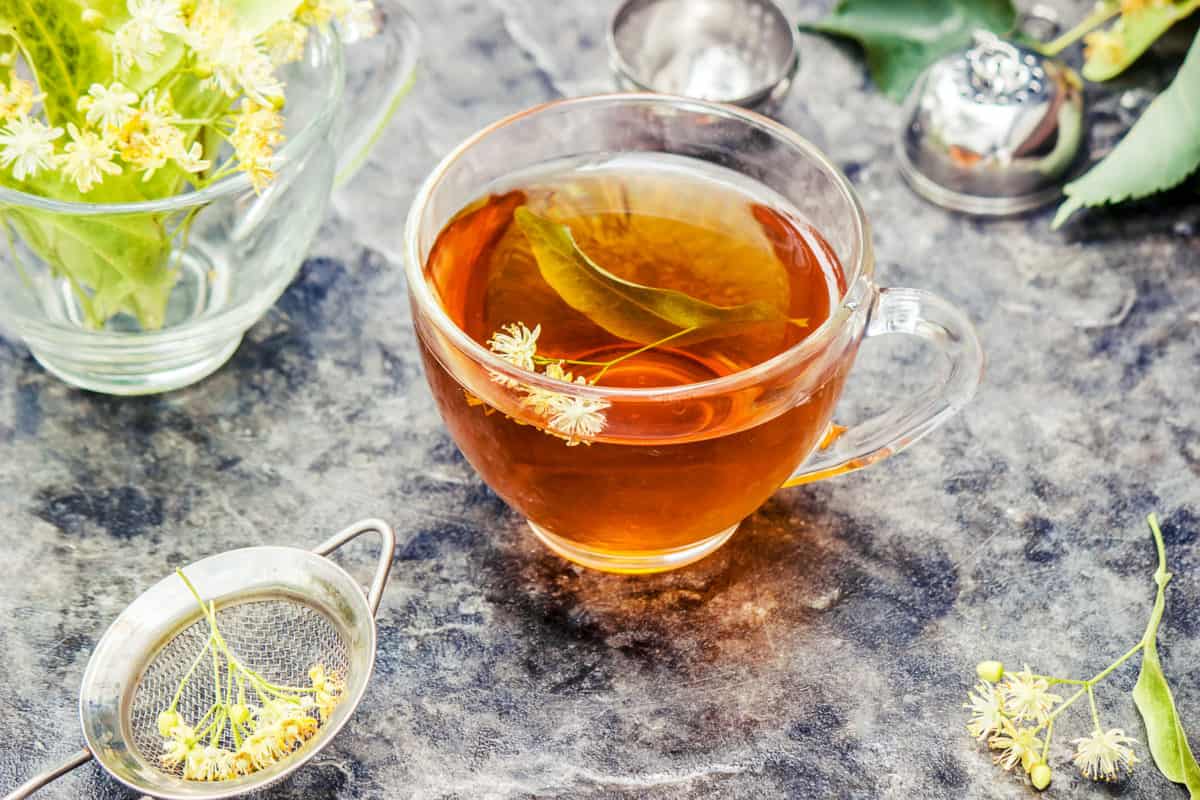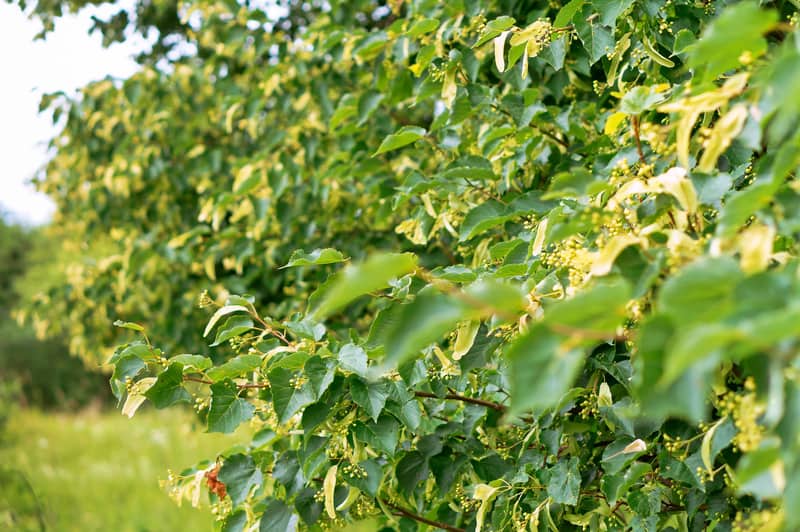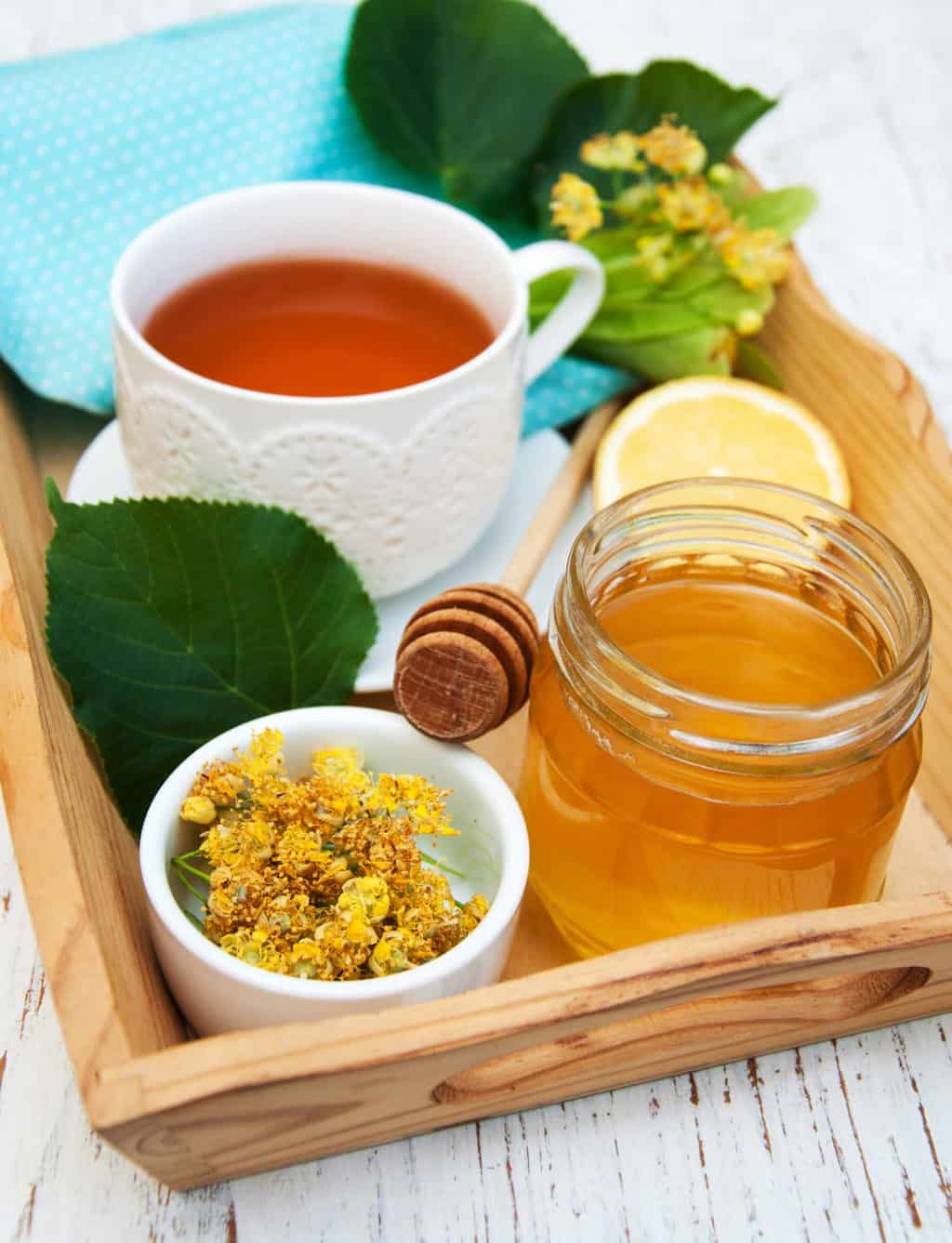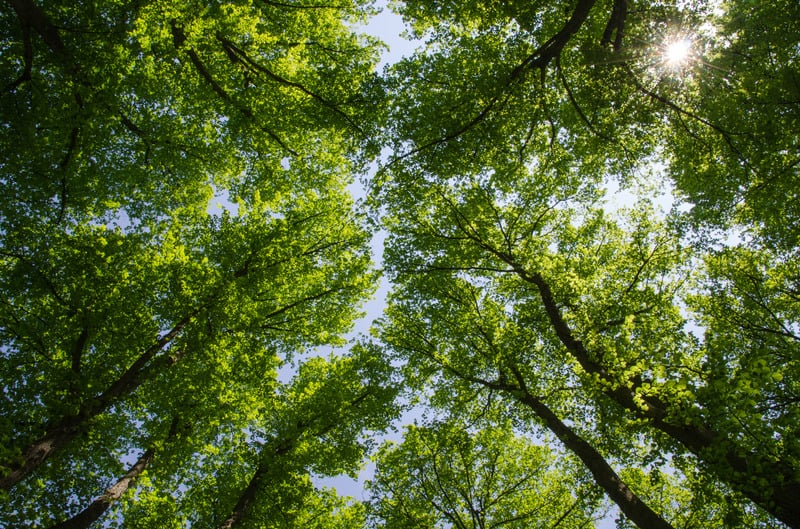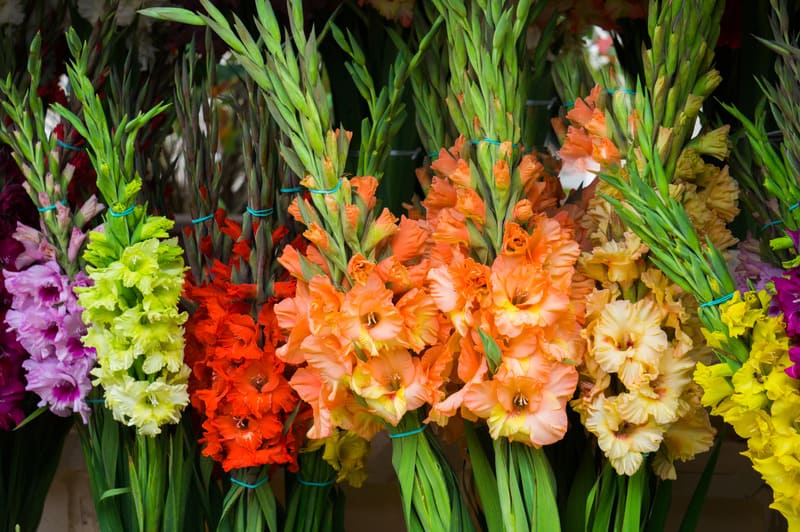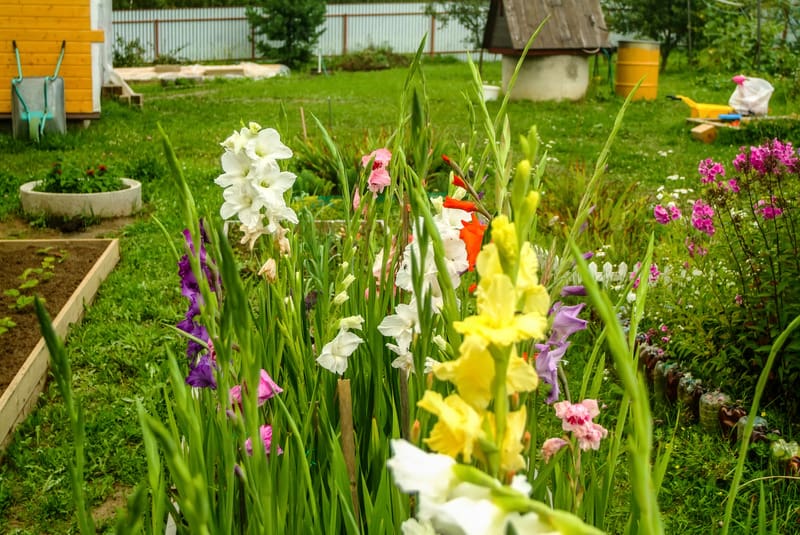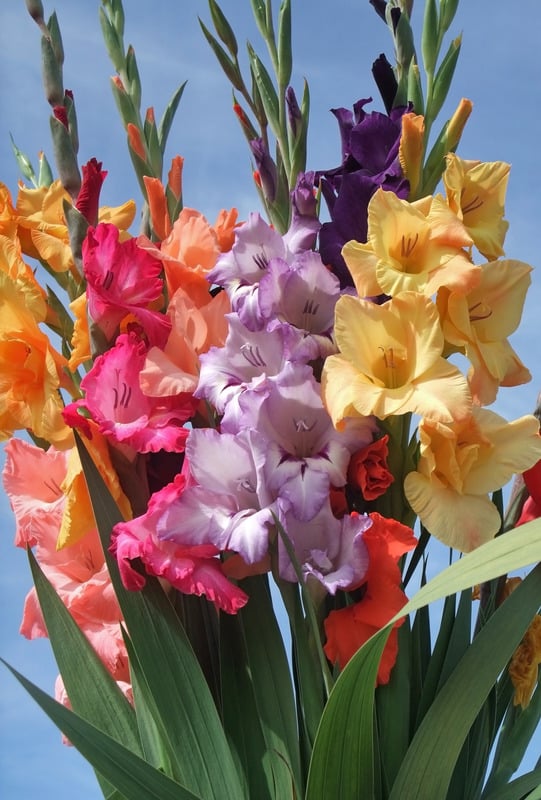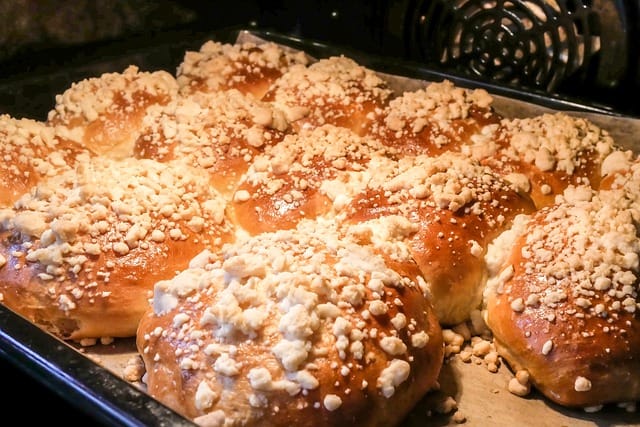Summer in Poland: the highest temperatures, blooming nature, an abundance of mouth-watering local fruits and vegetables
A long-awaited summer welcomes us with long sunny days, interspersed with rain (which is not very discomforting considering the relatively high temperature). It’s time to explore Poland – Baltic beaches famous for their delicate, powdery sand, the Masuria region with old forests and vast lakes, or the Polish Tatra mountains offering hiking trails for beginners and experienced hikers.
 The astronomical first day of summer (when the Sun reaches its highest point in the sky – the summer solstice) falls between June 20 and 22. In Poland, the summer solstice is the day with the most hours of sunlight of the whole year (16 hours 46 minutes, sunrise: 4.14 am, sunset: 9 pm) and is seen as the end of spring and the beginning of summer. Meteorologically speaking, summer in Poland begins on June 22, with autumn starting on September 23.
The astronomical first day of summer (when the Sun reaches its highest point in the sky – the summer solstice) falls between June 20 and 22. In Poland, the summer solstice is the day with the most hours of sunlight of the whole year (16 hours 46 minutes, sunrise: 4.14 am, sunset: 9 pm) and is seen as the end of spring and the beginning of summer. Meteorologically speaking, summer in Poland begins on June 22, with autumn starting on September 23.
St. John’s Night / Wreaths (Noc Świętojańska / Wianki) is celebrated on June 23/24. The holiday has a pagan background (a pagan name is Sobótka, meaning fire). Nowadays, it is primarily the opportunity to celebrate midsummer with various festivities, including concerts, singing songs, or bonfire jumping. Women wear wildflower wreaths that are later thrown into rivers or ponds.
Weather in Poland in June
Technically, the spring season lasts until June 22, but June in Poland is considered a summer month. After all, it’s when school summer break starts (more about the dates of summer and winter school breaks in Poland in our post). The average monthly temperature in June in Poland is 16,6°C / 62°F, and the average monthly rainfall level is 69 mm (the second highest after July).
June in Poland is strawberry season! Gardens are in full bloom with countless flowers, including peonies (in Polish piwonie or peonie), available only for a short time in June. In the Polish countryside, you will notice vast yellow fields of blooming rapeseed (canola).
Peony is among the most popular flowers in Polish traditional home gardens. It has many colors (pink, red, white) and a pleasant fragrance. The beauty of these plants lies in the multitude of flower petals, which, when developed, often form the perfect ball.
Weather in Poland in July
July is a month characterized by hot weather and warm nights in Poland. The average monthly temperature in July in Poland is 19°C / 66°F, and the average monthly rainfall level is 89 mm. July is the warmest month in Poland, and the highest rainfall is recorded in July. There is a Polish proverb about July: “W lipcowym skwarze w Polsce jak na Saharze” (In the heat of July in Poland it is like the Sahara).
July in Poland is a paradise for people who appreciate healthy local food. Tones of fresh colorful fruits: wild strawberries, rhubarb, strawberries, sweet cherries, sour cherries, bilberries, raspberries, gooseberries, currants, and brambles (click here to check out our delicious photo guide to the best Polish fruits to eat during summer and learn more about jagodzianki (bilberry yeast bun), sour cherry soup, strawberry jams and smoothies or kompot rabarbarowy (rhubarb drink).
In addition to typical summer vegetables, you can try in Poland broad beans (in Polish: bób, the usual Polish way to prepare broad beans is to boil them in salted water until tender), sorrel (in Polish: szczaw, delicious sorrel soup served with boiled eggs), super-healthy kohlrabi (in Polish: kalarepka, usually eaten raw as a snack), semi-pickled cucumbers (in Polish: ogórki małosolne, cucumbers pickled only for a few days, less sour than typical pickled cucumbers), chanterelles (in Polish: kurki, yellow mushroom, excellent addition to soups and sauces). When talking about soups – a must-summer soup in Poland: chłodnik! Polish answer to gazpacho;) It’s a cold (chłodnik meaning ‘chilled’) beet soup (cooked cooled beets, raw cucumbers, radishes, and dill with the addition of yogurt, kefir, or sour cream), served with hard-boiled eggs. Read more in our post about summer vegetables you must try while they are in season in Poland.
Weather in Poland in August
The average monthly temperature in August – the last summer month in Poland – is 18,5°C / 65°F, and the average monthly rainfall level is 66 mm.
In Poland, the name of the month (sierpień) comes from the sickle (sierp) used during the harvest, which falls in Poland in August.
Bilberry yeast bun – jagodzianka – the best summer treat
Another summer treat: bilberry yeast bun – jagodzianka – beautifully risen yeast dough filled with wild blueberries, and on top with a delicious crumble. You will buy it in July and August in every Polish bakery and cake shop. The traditional Polish way to have a jagodzianka is with a kefir drink!
Fresh sunflower seeds – a perfect healthy snack
Don’t miss the season for fresh sunflower seeds in Poland (it lasts until the end of September). You will find plenty of them in local Polish markets.
How do I pick a good sunflower? Anyone who has bought fresh sunflower seeds knows it is easy to buy one full of empty seeds. It is worth choosing a convex sunflower. The whole seeds make the center of the flower stick upwards. Pay attention to the underside of the sunflower. If it is yellow, it is a sign that it has ripened in the sun. The third desirable quality that proves the ripeness of the sunflower is its rigidity. If the sunflower does not bend easily by hand, it means it has whole grains in it. Smacznego!:)
The Perseid meteor shower – nights of shooting stars in Poland
The Perseid meteor shower is active from the second half of July until August 24, with a peak on August 12-14. How to observe meteors? Astronomical equipment is not required. It is best to find a place in the area that is least lit so that the lamps do not shine in the eyes. The darker the better, because more meteors can be seen. To fully enjoy this spectacular phenomenon, it is worth going outside the city, where we can see the clear, starry sky.
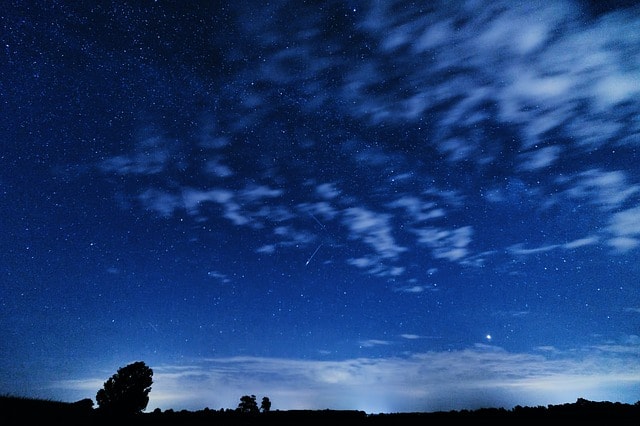
Golden cereal fields
When you travel in Poland outside the cities in August, you will notice golden cereal fields (mostly rye, wheat, and oats) accompanied by red poppies and blue cornflowers. August is the harvest season in Poland. When the crops are already harvested, it’s time to celebrate. The harvest in Poland ends with the festival called in Polish dożynki.
Temperature and rainfall information source: Climate Change Knowledge Portal, sdwebx.worldbank.org, data for 1991-2016.















